This is a guest post by Jacques Frisch, a Mobile Marketing veteran, responsible for user acquisition and retention at Wallapop.
An all-synced re-engagement automation setup.
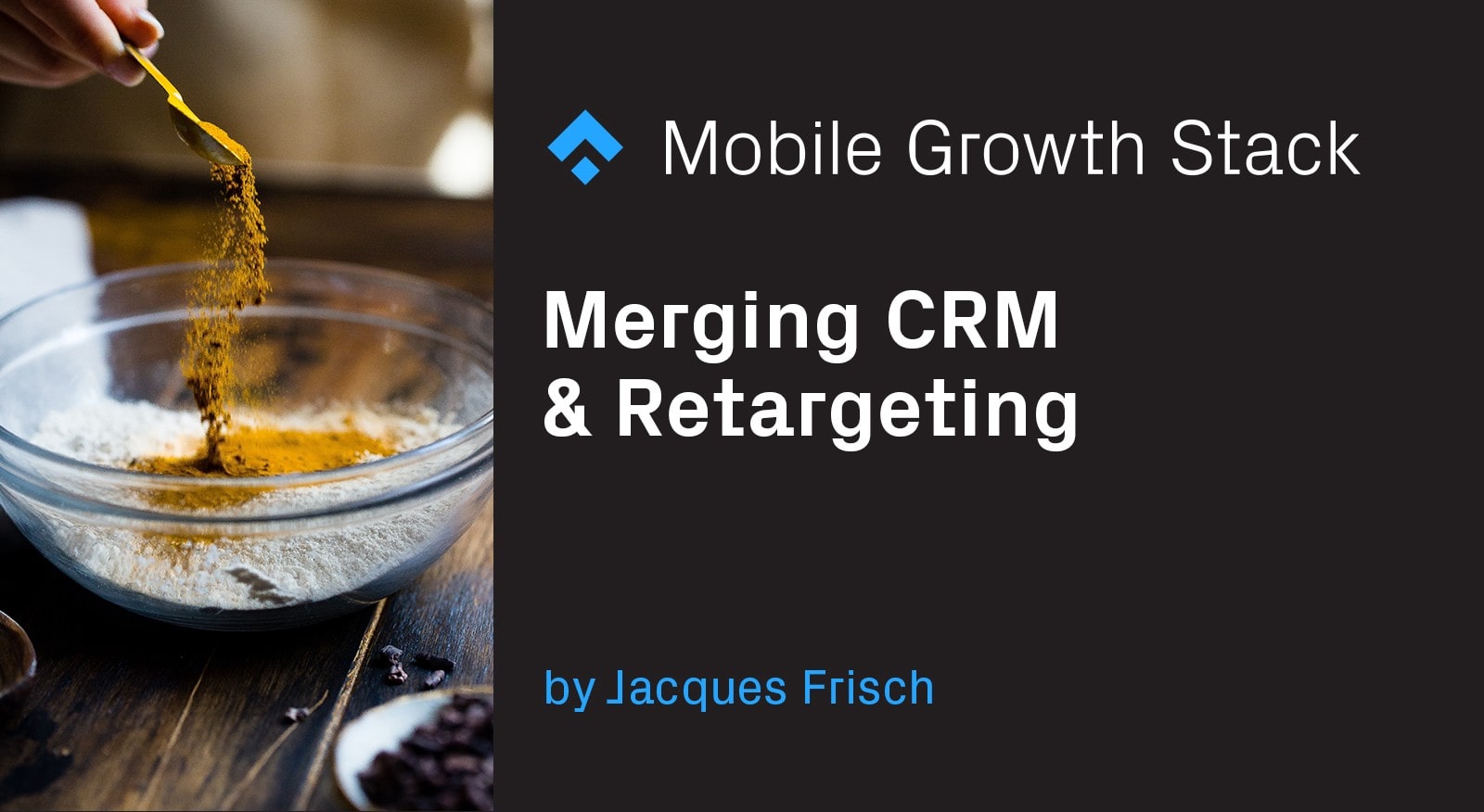
We need to communicate better
Surely you have been there. Separate teams inside an organization working within their own silo with no visibility of what the other is working on right now. This happens across the board, from startups to large corporations. The missing link remains always the same: communication.
The same issue can occur with user data when you use two or more different tools independently from another. Why not let them talk to each other?
CRM meets Retargeting
Earlier this year I’ve started to work on a solution that solves a pretty basic problem in my digital marketing ecosystem: how to connect CRM with retargeting actions. How can you make sure CRM and retargeting ads are well aligned? How to be sure a less active user that has already received and read a push notification isn’t contacted by an ad with the same message again? Also, how can you make sure retargeting performance (costs) isn’t too positively influenced by the CRM strategy?
The result is an automation that enables both systems to have visibility of what the other does and adapt its message accordingly.
In this case, we talk about a mobile-first company, the main product is a non-gaming mobile application. So, let’s say you’d have a CRM strategy using a third-party tool (e.g. Appboy) in place. That means all app users, categorized into different app usage life cycle segments (= custom audiences), receive constantly in-app and push notification messages with different CTAs.
When it comes to user re-engagement, what is the point in running retargeting ad campaigns in parallel to a decent CRM strategy, when both run completely independent of each other? This never made sense to me. Wouldn’t it be much better showing users outside the app only ads, with an adapted message after any CRM action has already reached them from the app itself? For instance, an unregistered user receives a push with something like “Thanks for installing our app, sign up today and explore great content”. Once that user signs up following the notification message, an adapted follow-up message to the exact same user should be displayed in a retargeting ad, e.g. “Thanks for signing up, use the discount code XXXX for your first purchase”.
Trying to understand how to make this happen; I first reached out to some industry verticals: music, travel, and gaming app companies, but it turned out that none of them had this really figured out to an extent that would be satisfying. (Although, I’m sure the big gaming players have sorted this one out by now).
To move this forward, we pushed the idea at a round table with our CRM and retargeting partner to work out the following integration and get it up and running.
Strategy
The scenario: you use a CRM tool to manage user re-engagement and work additionally with a retargeting partner specialized in mobile (e.g. Remerge). The idea should be that the retargeting partner receives automated, almost in real-time, all user info from the CRM tool. In order to get this done, you can connect both of them in a custom integration, which tells the retargeting folks, user X with the IDFA xxxx or ADID yyyy is inside segment 1 (true or false). This info is being passed constantly.
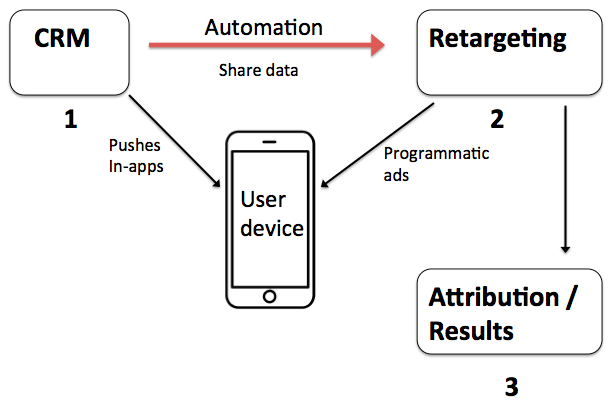
Figure 1: Automation setup combining CRM and retargeting
Example: an inactive user has received a push notification via the CRM tool to get back and re-open the app. If the action was successful the user has changed the life cycle segment in the backend from inactive to active again, the retargeting partner would automatically target that user as an active, with matching messaging + CTA. No confusion, it’s clear the user isn’t inactive any longer.
It is important to mention that this is a direct integration from a CRM tool to a retargeting network. No mobile attribution platform (Adjust, Tune, Appsflyer…) in between. Initially, we considered doing this via a measurement partner, but the market-common data discrepancies of up to 10% can easily be taken out of the equation by setting up this sort of direct integration. All retargeting and CRM campaigns are being tracked in the measurement partner dashboard and via their raw data dump (Amazon S3) to the backend, though. (Figure 1)
Challenges
The tricky part is to mirror the same logic and rules set up in the CRM tool and reflect them in retargeting advertising campaigns. For instance, for one user segment there are in-app messages and push notifications scheduled for the period D1-D30 after an install and for another one from D60-D90 (compare figure 2 and 3).
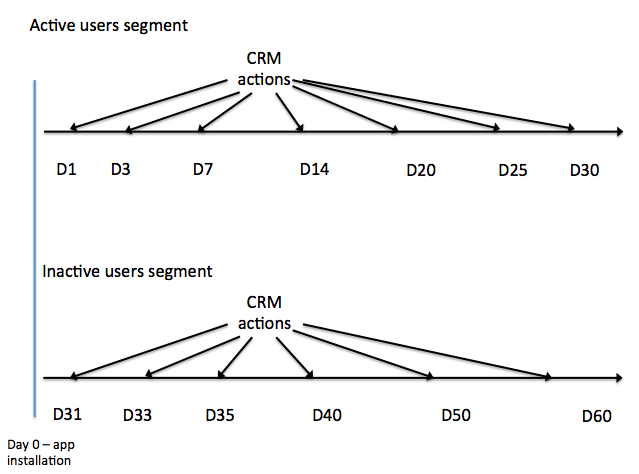
Figure 2: Example CRM strategy for two user segments
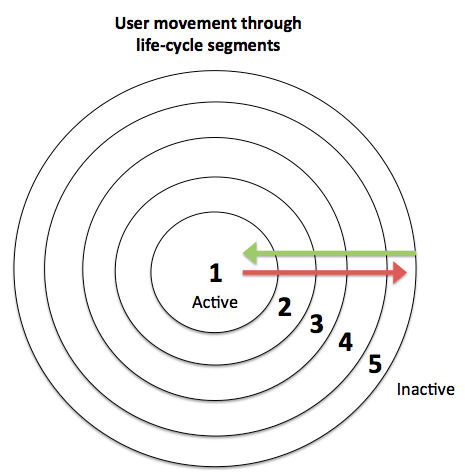
Figure 3: Example app user movement in life-cycle segments
The retargeting ads should be well aligned, so not only would they display the right message, but also make sure a user wouldn’t see a CTA on the same day twice. Instead, the retargeting ad with the same or adapted message would appear on other apps 1–3 days after the CRM action.
We created together with both partners a structure consisting of events and rules (1-3) which define the flow of this automation setup (figure 4, big thanks to the CTO of Remerge, Christian Liesegang, who created the initial draft).
In addition to the campaigns and rules in place within the CRM setup, you could then add further, even more specific rules and events completing an overall re-engagement automation strategy.
Example:
Step 1 — a user in segment 1 has been reached via an in-app message and has moved to segment 2. Retargeting is being informed in real-time by CRM and displays the same user now the ad with matching CTA for segment 2, X days later.
Step 2 — depending on the user behavior, ad message and CTA should be customized:
– users that have done action 1, but not 2 (e.g. an in-app purchase)
– users that have done action 1 and 2, but not action 3 (e.g. a friend invite)
Also defined:
– objectives per segment,
– type of ad creative (video, interstitial, dynamic feed ads) and
– deeplinks per ad.
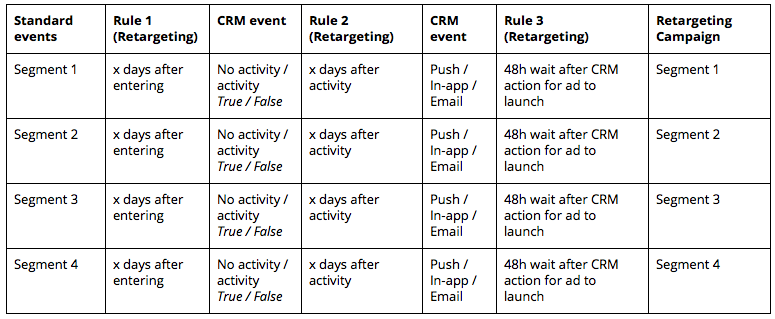
Figure 4: Automation strategy template aligning CRM and retargeting campaigns
Technical setup
Make sure to pass user IDs (IDFA / ADID) via SDK in your app to the CRM partner. This info needs to be passed on to retargeting once the automation is in place. The retargeting partner is connected to your attribution measurement tool, where you analyze all campaign performance.
Note: if you use a data management platform such as Mparticle, just check if your CRM tool and retargeting partner are connected and pass or receive all info required.
In order to get the automation machine up and running, you can add some info to the CRM tool. A common way to do this is by creating user-defined HTTP callbacks (webhooks, figure 5). These webhooks have specific rules such as adding the command that every time a push or in-app is being sent out to user x in segment 1, a retargeting ad gets fired up 48 hours later, whether the user has converted or not.
For instance, if a user didn’t complete the required action, the same message with different wording would be displayed in the retargeting ad. If the user converts, the ad message and CTA get adapted for a segment change or a follow-up action, depending on the life cycle segment.
Make sure that each CRM campaign logic is being reflected 1:1 in the retargeting campaign setup. That means if you’ve got campaigns running for six user life cycle segments, each one split up into different sendings within sub-campaigns, the retargeting partner should be informed via the webhooks about any action that has gone out from CRM.

Figure 5: Example webhook structure sending user segment info
Initial results
One of the main concerns running CRM and ad retargeting which is uncoordinated from one another, was always that ad performance would be too positively influenced by CRM actions, i.e. actual ad retargeting performance would be much worse without having CRM in the game. By establishing the setup shown above, you can to an extent make sure that retargeting ads don’t benefit more than they should from push notifications and in-app messages.
Moreover, for me, one of the main reasons why ad retargeting should always be in place parallel to CRM actions is the fact that half your users or more have push notifications disabled, hence you won’t reach those with CRM. You won’t reach the inactive with in-app messages either, because they don’t open your app.
So, the first test run with this automation setup was dedicated to two user segments we wanted to engage the most, either to become real verified users or to get users back to be active. Comparing 4 weeks of data without and with the new automation showed that for one of those two segments, the CPX stayed exactly the same, and for the other, it slightly increased by up to 0,20€. The latter was rather expected than the first, but any cost that doesn’t increase is a bonus.
Following this approach, you could then as a next step try to use two test groups 1 and 2 per app user segment. Expose 1 to CRM actions first, followed by retargeting ads, and expose 2 ads first, then CRM. Then you can check how your CPXs, ROAS, and, most of all, the incrementality of retargeting campaigns will change. Compare the percentages against each other and make sure to create rules per segment as suggested above.

This way you can ensure that enough time between CRM and ad retargeting action is given, so one is not influenced too heavily by the other…at least for the users, which are going to receive both.
Please feel free to share how you tackle this issue and what solutions you have come up with internally.
Shout-outs go to Pedro and Christian from Remerge and Nicolas and James from Appboy, who all helped to make this happen.












